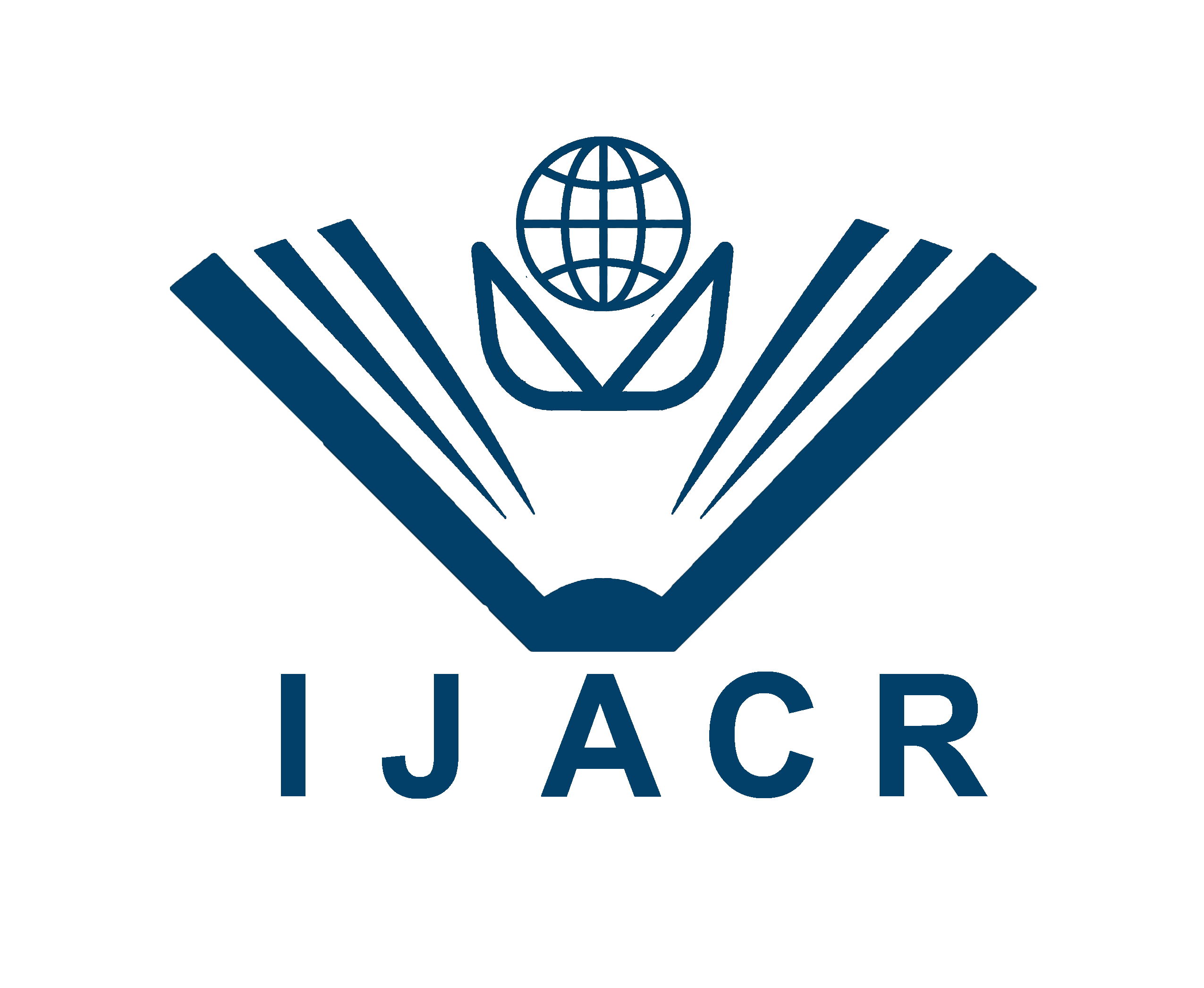International Journal for Asian Contemporary Research, 4(2): 62-69
Common cutworm (Spodoptera litura Fab.): The new emerging pest of Jute in Bangladesh
Received: 15 September, 2024 || Accepted: 18 October, 2024 || Published: 27 October, 2024
Keywords: Spodoptera litura, pest incidence, emerging pest and weather relationship.
Copyright information: Copyright © 2024 Author(s) retain the copyright of this article. This work is licensed under a Creative Commons Attribution 4.0 International License
To cite this article: Afroz, S., Noman, M.S., Islam, A., Majumder, M.S.I., Khan, M.T.A., Ghosh, R.K. and Islam, M.R.(2024). Common cutworm (Spodoptera litura Fab.): The new emerging pest of Jute in Bangladesh. International Journal for Asian Contemporary Research, 4 (2): 63-69.
References
- Alam, S.N., Dutta, N.K., Sarker, M.A. & Biswas, G.C. (2010). Development of IPM package against Prodenia caterpillar, Spodoptera litura infesting mustard in the farmers’ field at Tarash, Sirajganj. Sirajganj (Bangladesh): Bangladesh Agricultural Research Institute, Joydebpur, Gazipur 1701, Bangladesh.
- Alam, S.N. & Dutta, N.K. (2011). Impact of global warming on the insect pest outbreak in Bangladesh (In: Souvenir of Bangladesh Entomological Society entitled ‘Insect pest outbreak in relation to climate change), pp. 38–43.
- Bale J, Masters GJ, Hodkins ID, Awmack C, Bezemer TM, Brown VK. (2012). Herbivory in global climate change research: direct effects of rising temperature on insect herbivores. Global Change Biology.12; 8:1-16.
- Briere JF, Pracros P, Le Roux AY, Pierre JS. (1999). A novel rate model of temperature-dependent development for arthropods. Environmental Entomology. 28:22-29
- Cochran WG, Cox GM. (1963). Experimental design. New York, USA: John Wiley & Sons
- Das LK, Laha SK, Pandit NC. (1999). Entomology. In: Fifty Years of Research on Jute and Allied Fibres Agriculture, ICAR-Central Research Institute for Jute and Allied Fibres, Barrackpore, 142-64.
- Dhaliwal, G. S., Jindal, V., & Dhawan, A. K. (2010). Insect pest problems and crop losses: Changing trends. Indian Journal of Ecology, 37, 1–7.
- Fand BB, Nitin TS, Santanu KB, Minhas PS. (2015). Temperature impacts the development and survival of common cutworm (Spodoptera litura): Simulation and visualization of potential population growth in India under warmer temperatures through life cycle modelling and spatial mapping. PLoS One. 10(4):e0124682 DOI:10.1371/journal.pone.0124682.
- Lange H, Okland B, Krokene P. (2006). Thresholds in life cycle of the spruce bark beetle under climate change. International Journal Complex Systematics, 1648:1-10.
- Pogue, M. G. (2003). World Spodoptera database (Lepidoptera: Noctuidae). Beltsville, MD, USA: US Department of Agriculture, Systematics and Entomology Laboratory. http://www.sel.barc.usda.gov/lep/spodoptera.html.
- Prayogo, Y., Tengkano, W., & Marwoto. (2005). Prospect of entomopathogenic fungus Metarhizium anisopliae to control Spodoptera litura on soybean. Journal Penelitian dan Pengembangan Pertanian, 24, 19–26.
- Qin, H. G., & Ye, Z. H. (2007). Occurrence and management ofthe common cutworm, Spodoptera litura in China. Beijing: Agricultural Science and Technology Press.
- Rahmam, S. & Khan, M.R. (2007). Pest complex of jute and their management. In: Sustainable pest management (Ed. D. Prasad). Daya Publishing House, New Delhi, 352-372.
- Rahman, S. & Khan, M.R. (2006). Incidence of pests and avoidable yield loss in jute, Corchorus olitorius L. Ann Plant Prot Sci. 14(2):304–305.
- Rahman, S. & Khan, M.R. (2009). Natural enemies of insect and mite pests of jute ecosystem. Ann Plant Prot Sci. 17(2):466–467.
- Rahman, S. & Khan, M.R. (2010). Integrated management approach for control of the pest complex of olitorius jute, Corchorus olitorius. J Plant Prot Res. 50(3):340–346.
- Selvaraj, K., Gotyal, B.S., Gawande, S.P., Satpathy, S. & Sarkar, S.K. (2016). Arthropod biodiversity of jute and allied fibre crops. In. Economic and ecological significance of arthropods in diversified ecosystems- Sustaining regulatory mechanisms (Eds. Chakravarthy AK, Sridhara S). Springer publication. ISBN 978-981-10-1524-3; 195-221.
- Thakur, N., Gotyal, BS., Selvaraj, K. and Satpathy, S. (2017). Effect on biology of jute indigo caterpillar, Spodoptera litura (Fabricius) under five different constant temperatures. Journal of Entomology and Zoology Studies, 5(4): 102-106.
- Venette, R. C., Davis, E. E., Zaspel, J., Heisler, H., & Larsen, M. (2003). Mini risk assessment. Rice cutworm, Spodoptera litura Fabricius [Lepidoptera: Noctuidae]. Dept. of Entomology, University of Minnesota. www.http://aphis.usda.gov/ppq/ep/pestdetection/pra/sliturapra.
Article View: 2168 times



